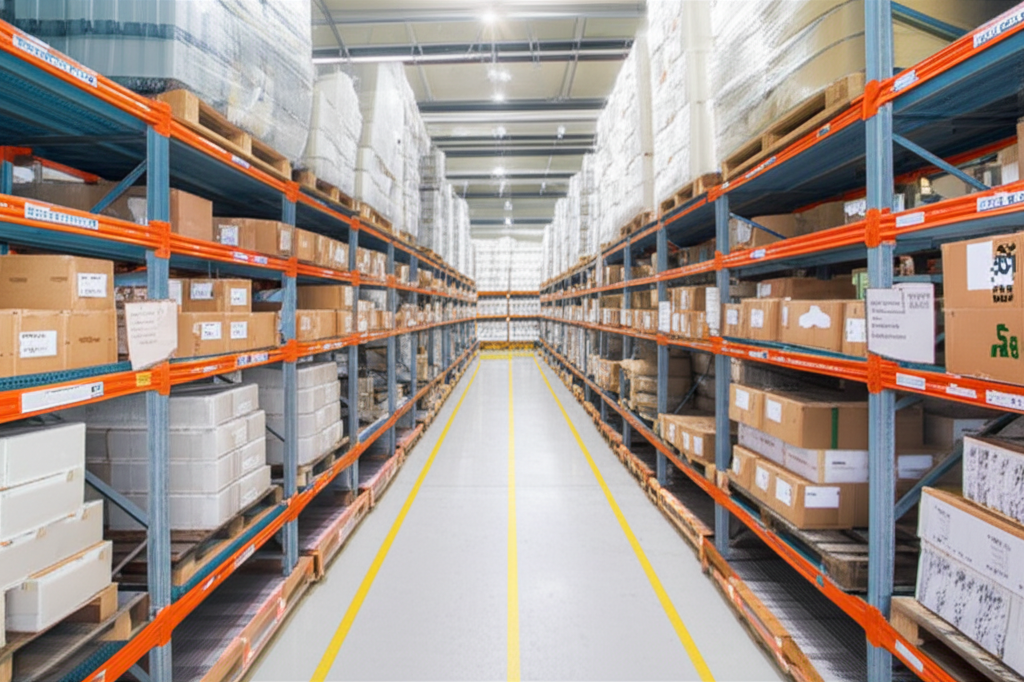The industrial synthesis of β-carotene, a vital pro-vitamin A compound widely used in pharmaceuticals and food additives, has faced persistent challenges in safety, efficiency, and final purity. Traditional methods relied on the oxidative coupling of Vitamin A-derived phosphonium salts using concentrated hydrogen peroxide (H₂O₂). While functional, this approach carries significant drawbacks: the high cost of peroxide reagents, severe explosion risks due to hydrogen peroxide decomposition during reaction, and complicated purification steps required to remove the problematic by-product, triphenylphosphine oxide (TPPO), which co-precipitates with the crude product.
A novel synthesis pathway has been developed to address these critical limitations. The breakthrough involves replacing hazardous hydrogen peroxide with readily available, more stable, and significantly cheaper hypochlorite salts, specifically sodium hypochlorite (NaOCl) or calcium hypochlorite (Ca(OCl)₂), as the oxidizing agent in the key Wittig coupling step. Crucially, this reaction occurs within a defined mixture of water and a water-miscible organic solvent – typically methanol, ethanol, or isopropanol – maintained at carefully controlled temperatures, generally between -20°C and 30°C, with an optimal range of 0°C to 10°C.
The core processing advantage lies directly in the selection of hypochlorite. This shift drastically minimizes explosive hazards, dramatically improving worker safety and factory operability. Economically, substituting expensive, high-concentration H₂O₂ with industrial-grade hypochlorites offers substantial cost savings on raw materials. Furthermore, by retaining the organic solvent within the reaction mixture throughout the initial stages – instead of removing it prior to coupling as in the older process – the workflow is simplified. This solvent presence prevents unwanted co-precipitation of TPPO with the initial β-carotene product during subsequent filtration.
Post-reaction processing is achieved through two streamlined routes: direct filtration of the entire reaction mixture to yield a crude, TPPO-free β-carotene solid; or extraction using organic solvents like chloroform, dichloromethane, or ethyl acetate, followed by solvent removal. Both methods effectively leave TPPO and inorganic salts dissolved in the filtrate or aqueous waste layers. The isolated crude product undergoes standard purification, typically involving recrystallization or isomerization via heating in solvent to enhance the proportion of the desired, stable all-trans β-carotene isomer.

The process demonstrates remarkable versatility and resource efficiency. Commercial feedstocks can include both pure Vitamin A alcohol or its acetate esters, as well as valuable Vitamin A crystallization mother liquors. These mother liquors, previously considered waste streams or relegated to low-value uses like fuel, contain mixtures of Vitamin A isomers. Utilizing them not only reduces waste but can also bypass certain isomerization steps later in the synthesis due to the inherent isomer distribution, further enhancing process economics.
Validation trials consistently produced high yields of pure β-carotene. For instance, utilizing Vitamin A acetate with NaOCl yielded crude product containing 65% β-carotene after filtration. Subsequent isomerization in heptane under nitrogen afforded deep red crystals with exceptional purity of 98.2% and a total yield of 38.1%. Even more impressive results were achieved using Ca(OCl)₂, which yielded high-purity crystals (98.5%) at 44.4% total yield. Application of the new method on Vitamin A mother liquor also proved successful, achieving purities above 96.7% and respectable yields exceeding 36%, thus fulfilling its "waste-to-value" proposition.
This refined synthesis overcomes the major hurdles of earlier techniques. Its reliance on safer, cost-effective oxidizing agents like hypochlorite salts fundamentally addresses operational hazards and reduces production costs. The optimized solvent management and isolation protocols ensure substantially higher initial and final product purity by efficiently separating and removing TPPO. Furthermore, the ability to harness low-value Vitamin A mother liquors exemplifies sustainable chemical manufacturing. This significant advancement promises to enhance the reliability, safety, and profitability of β-carotene production globally, meeting the ever-growing demand for this critical vitamin precursor across multiple industries.
Manufacturing Facilities






Professional Export Experience
to Global Customers

1. 20 years of R&D, manufacturing and sales experience, serving customers in 60 countries and regions around the world;
2. Own R&D laboratory, pilot platform and large-scale production workshop, which can meet the audit requirements of global customers;
3. We can satisfy customers' perfect transition from small scale lab requirements (gram level) to commercialization requirements (hundred tons level).
A: We don't have Minimum Order Quantity, exact quantity should be provided before quotation for us to calculate the exact cost.
A: We don't provide free samples due to lots of request and expensive international courier's cost, we can deduct the sample charge after commercial order placed.
A: Our payment terms: Small or sample order: T/T IN ADVANCE. Commercial order: First order should be by T/T IN ADVANCE or L/C at sight, and following orders T/T 30~90days is acceptable subject to approval of credit application.